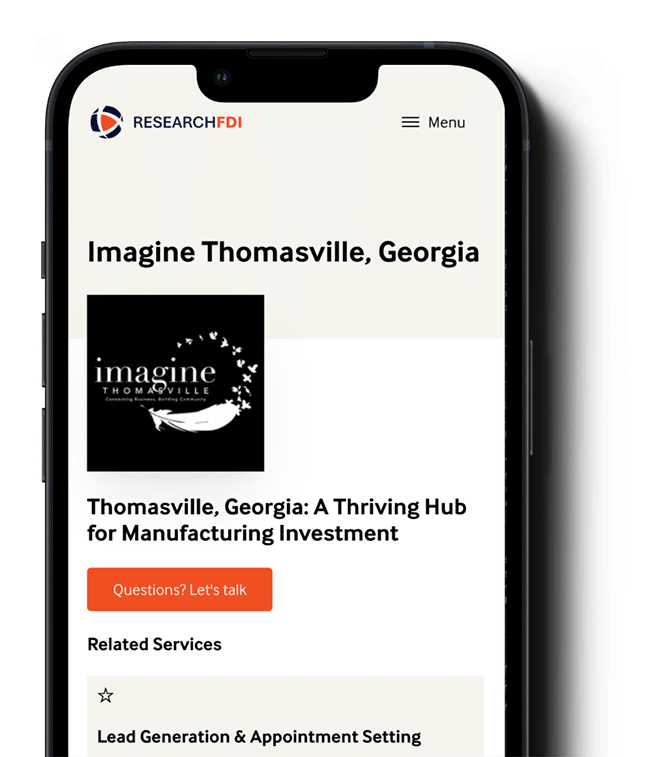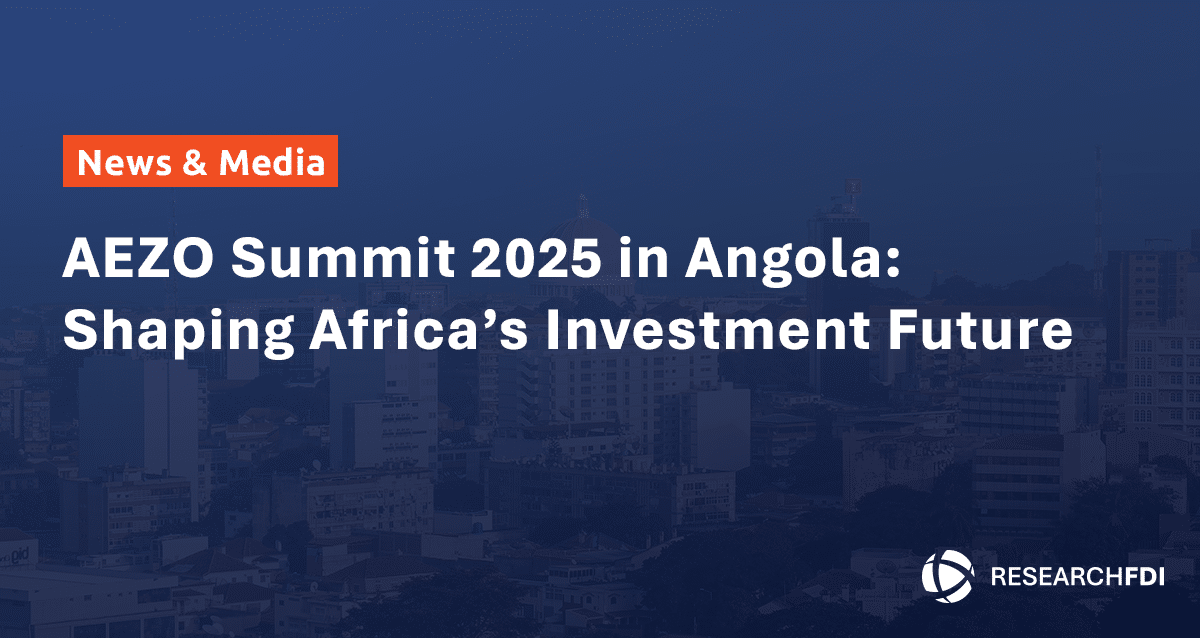Imagine a rural entrepreneur with a bold idea for an online store, but her internet lags at dial-up speeds.
Customers abandon their carts, her business falters, and her small town loses out on potential jobs and growth.
This isn’t a rare scenario. It’s the stark reality of the digital divide, a persistent gap that hampers rural areas’ access to high-speed internet compared to urban centers.
In 2024, global urban internet usage reached 78.8 percent, nearly double the 48.9 percent observed in rural regions, stifling economic potential where it’s needed most. For economic development leaders and policymakers, this isn’t just a tech challenge. It’s a critical economic barrier, holding back businesses, education, and healthcare in rural communities.
High-speed internet can break this cycle. Rural areas with over 80% broadband adoption saw 213% higher business growth and 10% more self-employment, proving connectivity isn’t just about faster browsing—it’s about unlocking rural economic growth.
By closing this gap, rural regions can become vibrant hubs, drawing global investment and opportunity. Today, we’re examining how this digital lifeline can reshape the future of rural economies worldwide.
The Digital Divide: A Barrier to Global Rural Economies
The digital divide isn’t just a tech gap. It’s an economic chasm, splitting rural and urban regions with stark consequences. Globally, high-speed internet access remains a luxury for many rural areas.
In Sub-Saharan Africa, only 46% of adults used mobile internet services in 2024, making it the least connected region in the world.
In Latin America, 65% of the population used mobile internet in 2023, reflecting significant progress but still leaving millions unconnected. In the United States, just 61.9% of rural homes had a broadband connection in 2024, compared to 77.6% for non-rural households. This disparity is a barrier to growth, limiting rural economic opportunities, education, and healthcare at every turn.
Without reliable broadband, rural businesses struggle to compete. A small manufacturer can’t process online orders, losing markets to urban rivals. Education and healthcare suffer too: students miss online learning and doctors can’t access telemedicine, stunting workforce skills and community health. The ripple effect hits hard. Investors hesitate to back regions where scalability is a gamble, deterred by spotty connectivity. The digital divide doesn’t just limit access. It limits futures, keeping rural economies on the sidelines of global opportunity. For leaders, closing this gap is the first step to unlocking prosperity.
How High-Speed Internet Fuels a Rural Economic Ecosystem
High-speed internet isn’t just a convenience for rural areas. It’s a catalyst, igniting an economic ecosystem that can transform entire regions. When connectivity reaches rural communities, it sparks a cycle of growth, linking jobs, education, healthcare, and businesses into a web of opportunity. For economic development leaders, understanding this ripple effect is key to unlocking economic opportunities rural areas have long been denied.
The Ripple Effect of Connectivity
Consider a rural town in Appalachia, where fiber optic cables finally arrived in 2025. Overnight, the community’s prospects shift. A local entrepreneur launches an e-commerce store, selling handmade goods to buyers worldwide, creating rural job creation where none existed. That’s just the start. The same internet connection lets high school students access online coding courses, upskilling them for tech roles. Meanwhile, the town’s clinic adopts telemedicine, connecting patients to specialists without a three-hour drive. These aren’t isolated wins. They’re interconnected, building a foundation for sustainable growth.
Here’s how high-speed internet weaves this economic web:
- Job Creation Through Digital Access: Remote work explodes with reliable internet. By 2030, the World Economic Forum predicts remote work could account for 25 percent of rural jobs, up from 5 percent in 2024, as companies tap into rural talent pools. Local startups thrive too: e-commerce, digital marketing, and tech support businesses spring up, hiring locally and keeping money in the community.
- Education and Workforce Upskilling: Online learning platforms become accessible, letting rural students and adults gain skills in high-demand fields like tech and healthcare. A 2024 study from the Government of British Columbia estimates that broadband access boosts rural graduation rates by 10 percent, creating a pipeline of skilled workers that industries crave.
- Healthcare Improvements Driving Productivity: Telemedicine bridges gaps in rural healthcare, reducing travel for medical care. A rural clinic using telehealth can serve 50 percent more patients, improving community health and workforce productivity. Healthier workers mean fewer sick days and a stronger local economy.
- Business Growth and Market Expansion: High-speed internet lets rural businesses compete globally. A farmer can sell produce directly to urban markets via an online platform, doubling revenue. Small manufacturers can manage supply chains digitally, cutting costs and scaling up. This connectivity turns rural outposts into viable players on the world stage.
The impact doesn’t stop there. As jobs and skills grow, so does the community’s appeal to outside businesses. A digitally connected rural area signals opportunity: a place where growth isn’t a pipe dream but a reality.
Looking ahead, high-speed internet sets the stage for future trends. Artificial intelligence could soon power precision agriculture, helping rural farmers boost yields with real-time data. Tech hubs might sprout where fields once stood, as remote work scales and companies seek affordable, connected locations. This isn’t a one-off boost. It’s a foundation for long-term prosperity, where every connected household fuels the next wave of rural economic growth.
Attracting Global Investment Through Connectivity
High-speed internet can connect rural communities to global capital and transformative economic growth. When rural areas implement reliable broadband, they unlock 213% higher business growth and 18% higher per capita income growth compared to underserved peers, creating an environment that attracts investment and innovation.
In British Columbia, every $1 invested in rural connectivity leverages $3.79 in private and public funding, demonstrating how broadband signals scalability to investors. The province’s $289.4 million initial investment is projected to generate $2.5 billion in GDP gains by 2045 – an 8.6x return – by enabling productivity growth and entrepreneurship.
While FDI-specific percentages aren’t directly cited, the 44% higher GDP growth in well-connected rural counties and the 10% surge in self-employment underscore broadband’s role as a magnet for economic activity. As fiber networks expand, these regions become hubs for businesses seeking cost-effective operations and untapped talent pools.
Investors crave reliability. A rural hub with high-speed internet offers just that in the form of seamless logistics for shipping firms, real-time data for manufacturers, and remote work capabilities for tech companies. Take a logistics giant like DHL. They’ll choose a connected rural town over an unlinked one, knowing faster internet means faster deliveries and lower costs. High-speed internet investment reduces risks too. A skilled workforce can access online training, ensuring scalability, while government subsidies like the U.S.’s $7.5 billion broadband fund sweeten the deal for investors.
Rural FDI thrives where connectivity blooms. Tech startups, green energy firms, and manufacturers see rural areas as untapped goldmines when internet access isn’t a barrier. For economic development leaders, the message is clear: build the digital bridge, and global investment will cross it, bringing jobs and growth in tow.
ResearchFDI: Connecting Rural Regions to Global Opportunities
At ResearchFDI, we’re not just observers of rural economic growth. We’re catalysts, helping regions unlock their full potential through strategic expertise. Our consulting services craft tailored economic strategies that position rural areas as prime destinations for global investment. Using tools like FDI365, we identify high-value prospects, from logistics firms to tech innovators, ensuring your region stands out in a competitive landscape. We’ve spent years honing this approach, driving sustainable economic development with precision.
Digital connectivity investment is transforming rural economies, and we help you seize the opportunities it creates. Our strategies align your region’s strengths, whether it’s a newly skilled workforce or untapped resources, with the needs of global investors.
The result?
Tangible growth, from new jobs to thriving industries.
Your region’s economic future isn’t a dream. It’s a plan waiting to be executed. Partner with ResearchFDI to make it happen. Contact us today, and let’s build a strategy that turns your rural potential into global success.
The Digital Future of Rural Prosperity
High-speed internet is more than a tool for rural areas. It’s a gateway to prosperity, driving jobs, attracting global investment, and fueling growth from Appalachia to Henan. By bridging the digital divide, rural regions can become economic powerhouses, competing on a world stage. The impact is clear: where connectivity thrives, so do communities, with 213% higher business growth in broadband-rich areas.
But this isn’t just about today.
The rural economic future hinges on what’s next: AI-driven agriculture, remote tech hubs, and sustainable industries all demand robust internet. Connectivity lays the foundation for decades of innovation and wealth. The question for leaders is simple: will your region lead this digital wave, drawing investors and opportunities, or lag behind in yesterday’s economy? The future is digital, and it’s yours to shape. Act now, and watch rural prosperity rise.



